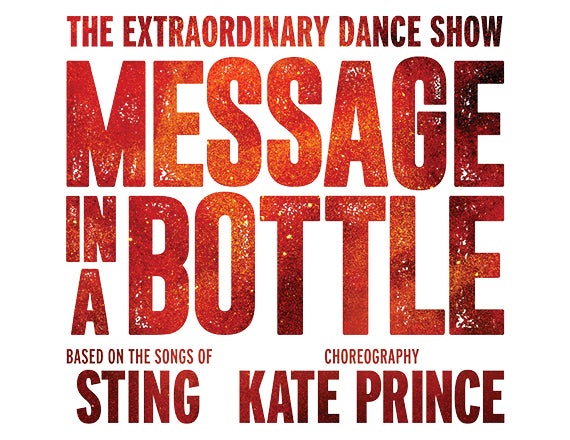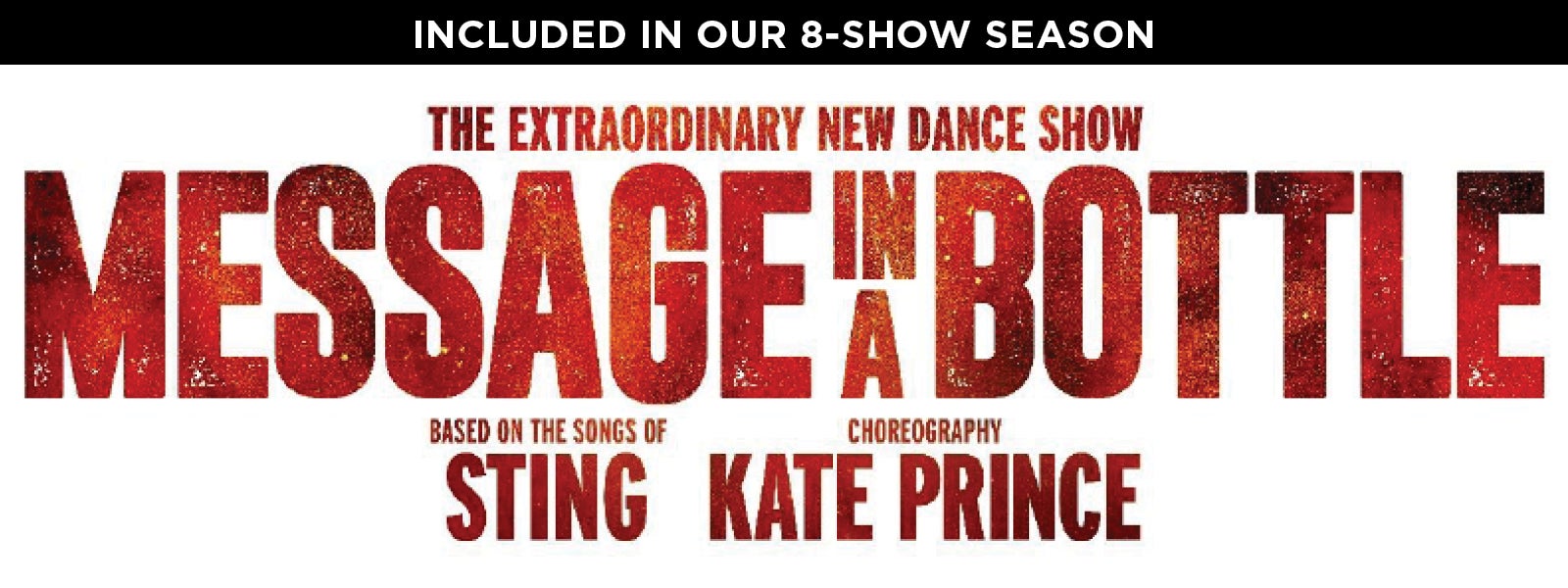
Setting Dance to Sting
The following is an interview with Kate Prince, Director & Choreographer of Message In A Bottle. Repurposed by permission of Message In A Bottle.
Blumenthal Arts: Firstly, can you tell us a bit about your inspiration for the show?
KATE PRINCE: I think once I knew it was a possibility that I might be able to use Sting’s catalog of music to tell a story, we did our first workshop where I interpreted six different songs and tried some ideas out. Within that workshop, it felt like this story of a broken family and going on a journey and it quickly became linked to ideas of mass global migration and refugees.
Once that seed was sown, it was remarkably easy to jigsaw together all of his amazingly diverse songs with such different topics, poetry and styles, and actually form this story about refugees.
I had two things happening at the same time. I was listening to all of his music and particularly paying attention to the lyrics, while also researching historically and politically about refugees and looking at documentaries and newsreels and photographs. One of the first images I found was the photograph of Alan Kurdi, the little 3 or 4-year-old boy who was swept up on the sea and drowned when trying to cross in a boat. He was exactly the same age as my daughter at the time, and I couldn’t shake the image of him out of my head.
There’s so many different artistic interpretations of this one little boy, and there’s one image of him where it says ‘no parents puts their child in a boat across open water unless what they’re facing at home is less safe or less treacherous than crossing the sea’.
Listening to Sting’s music and loving it all my life, I never knew that when I was going to try and tell a story, it would be something that was quite so vital and horribly sad. But also I know the show is ultimately incredibly joyous and a celebration of love and family and all that the human spirit can endure and how resilient people are.
Blumenthal Arts: How does it feel to be working with Sting and his music?
PRINCE: I’ve had the greatest pleasure of meeting Sting four times. I’ve never actually worked with him in any capacity. I don’t want to give a false sense that I’ve been sitting across the table from him and knocking our heads together. From the first time I met him, the first time seeing him interacting with the company and seeing him in our first workshops, to when he came to see the show in Luxembourg, he’s always been the most down to earth, friendly, kind, and just a lovely person. Particularly making dancers feel really comfortable and appreciated.
He has not stood in the way of a single one of my ideas, of how I could translate his music. I’ve never had a moment of ‘I don’t like that’ or ‘I don’t want that’. He’s been incredibly trusting, which is weird for me, because I’m a superfan who went to see him at Wembley when I was a teenager. He’s like a global superstar and now I get to put his music on stage. Those things never change, doesn’t matter the perception of ‘Oh, I’m working with Sting’. STING – it’s insane.
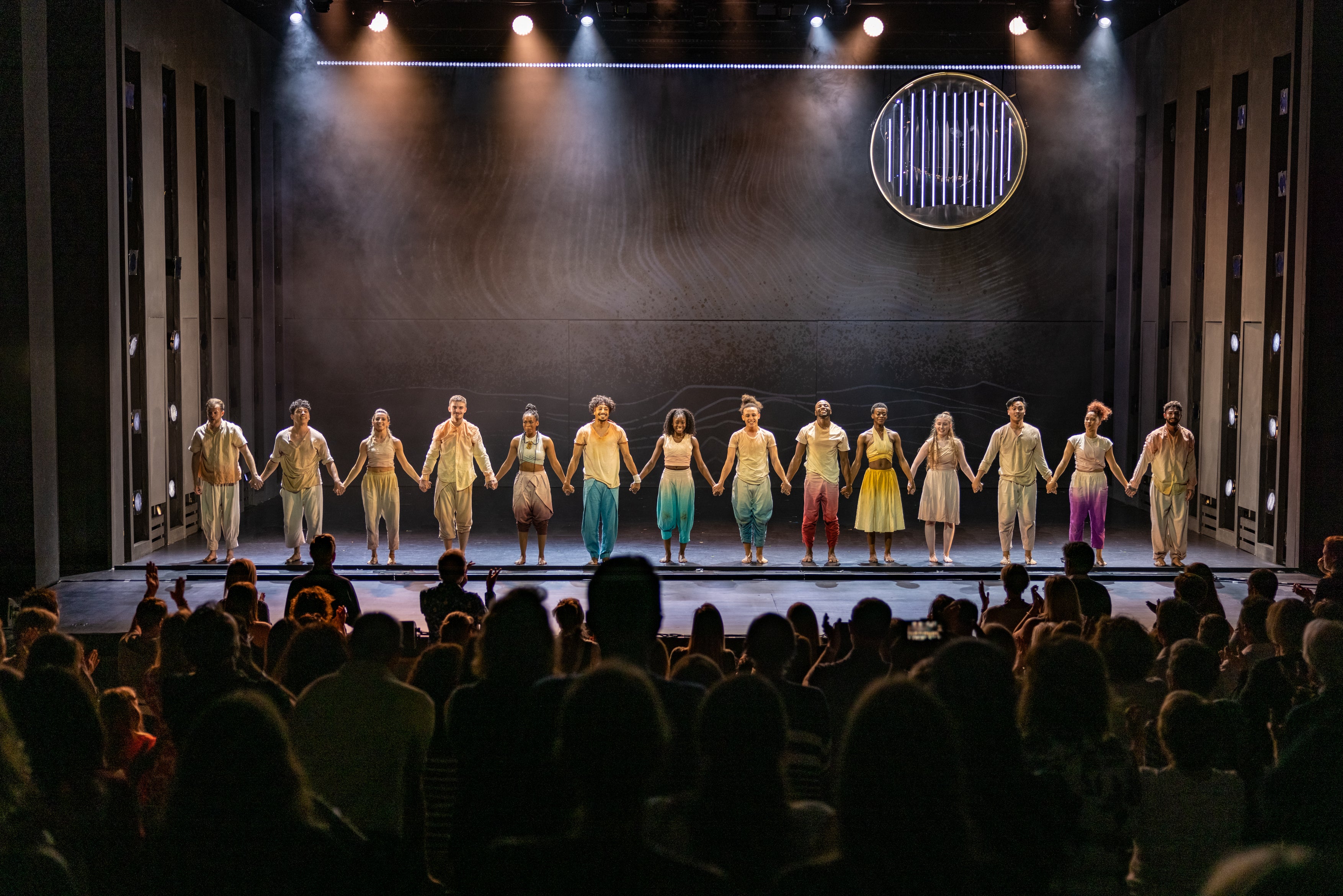
Blumenthal Arts: What is your process when devising a new show?
PRINCE: Since I’ve become a mum so much of my process has been at a desk rather than in a studio. All of Message In A Bottle is written up as a story, a story that no one will ever read, but it’s written for me and for the company and creatives to try and understand this fictional world that we’re making, who these people are, and give them some motivation for their choices.
It’s also in my imagination. I listen to the music, and I scrutinize the lyrics and then I imagine it on stage, and if I can see it in my head, then I’m like, that’s all I need.
When I was younger, and I think most choreographers would say the same, you’d find a song you like, start freestyling to it, make up steps and then you put those steps on stage and that becomes a routine. But my problem with doing it that way is that the steps feel so much more important than anything else, and you lose sight of the story and who the characters are.
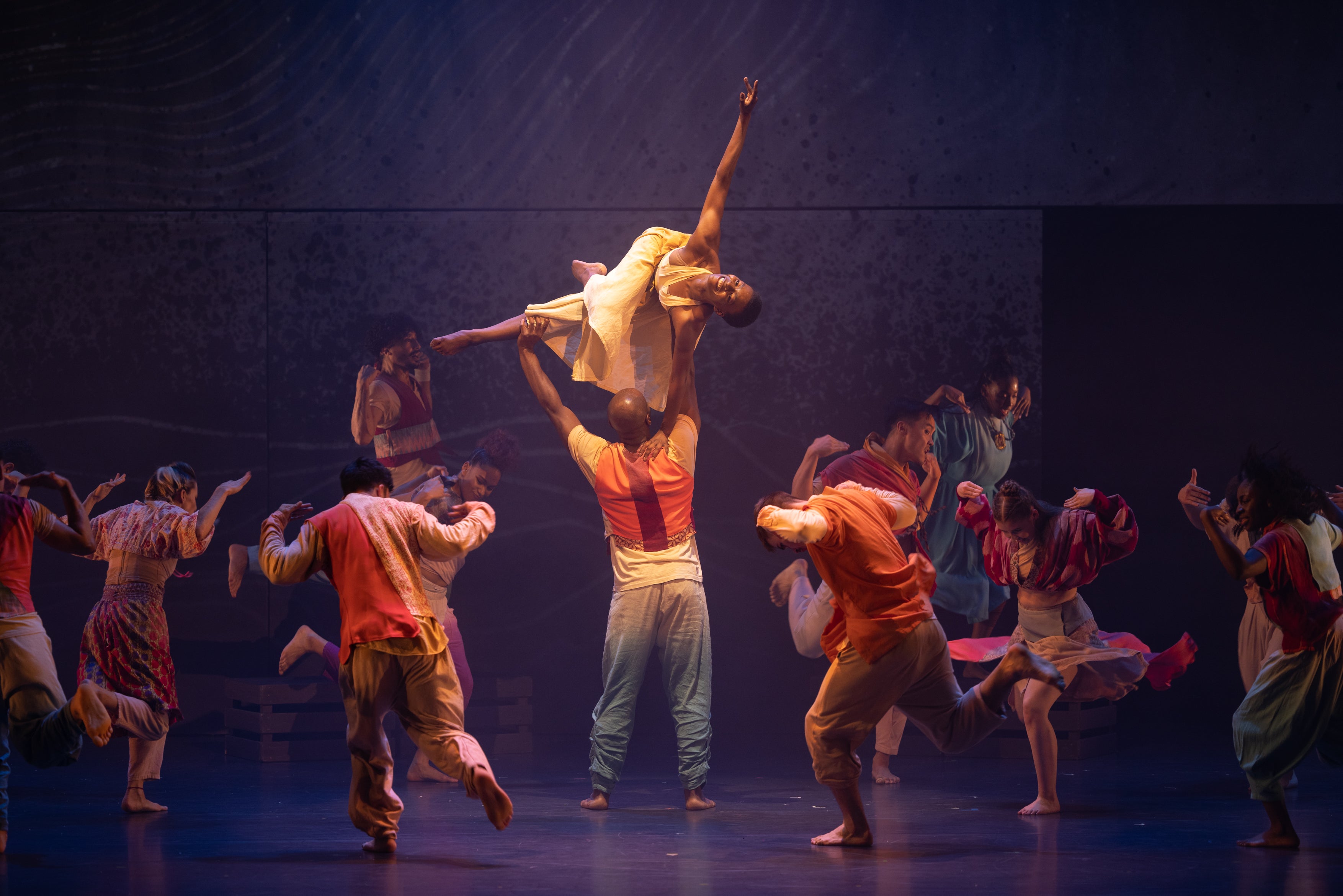
So, it’s all on paper and it’s structured, and then I set it out on stage, not as dance but as actors moving around the space. We call it postcards, each scene you’d photograph in a series of, say, ten postcards and make sure that it has a beginning, middle and end. I’m still imagining all the dancing in my head, but I’ve not taught any of it yet. Once the structure is there, then I start turning it into actual steps and choreography and trying not to lose sight of the structure.
For Message In A Bottle, I then worked with Associate Choreographer Lukas McFarlane to understand what my weaknesses are as a choreographer, and I really leant on Lucas particularly with some of the pas de deux work and the lifts, which I don’t really have a vocabulary of. Working with him helped make sure the language of the dance and the choreography throughout has lots of different shades to it. His contribution has been just incredible.
Blumenthal Arts: Is it important to you that the real-world issues are reflected in your work?
PRINCE: I think every production that I’ve ever made, whether I’ve intended it to initially or not, has always ended up in a really prominent way being about something that’s current and real, and people are experiencing. The history of women’s rights in the UK in Sylvia, mental health challenges and the stigma attached to that in the Mad Hatter’s Tea Party and gender politics, and the negative stereotypes perpetuated by hip hop music in Some Like it Hip Hop.
Everything we’ve made has been about something that’s true and important to me. Hopefully not in a preachy way. Always trying to do it in an entertaining way.
I don’t want dance to be about nothing. I really don’t like abstract dance. I’m sorry for fans of abstract dance, but I’m waiting for the coin to drop when I’m watching it going ‘Oh, that’s what this is about’. And then often it’s not about anything, or you just have to make it up for yourselves. I struggle with that. I want a real intention of meaning.
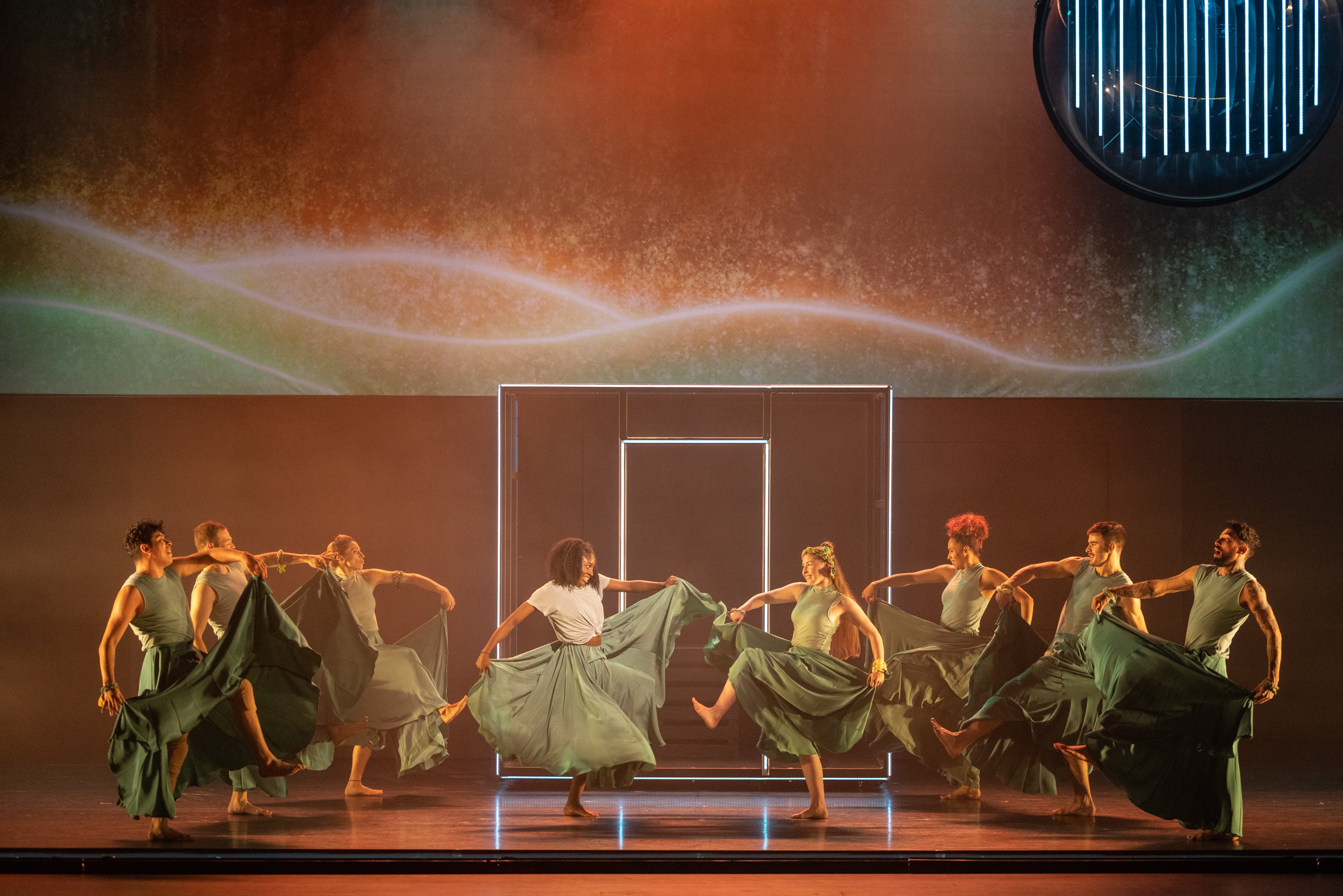
Blumenthal Arts: How does it feel to have Message In A Bottle return for such a significant tour across 2023/2024?
PRINCE: Our company ZooNation has been going 21 years and the only show we’ve ever taken outside of the UK is Message In A Bottle, which I think speaks to the fact that Sting’s music is popular around the world. Our work can be quite niche, and normally the music we use was written for the show. So there isn’t that mass market in a commercial way for our work, I guess. So, for us, the fact that we’re looking at dates and a calendar, that says places like Sydney, or North America, it’s insane!
It’s a bit of a dream, to be honest, to be going abroad with this work. To think, that I could go to the Sydney Opera House in Australia, where I’ve never been before, and actually my name would be somewhere, like a little show that I’ve made up – that’s amazing.
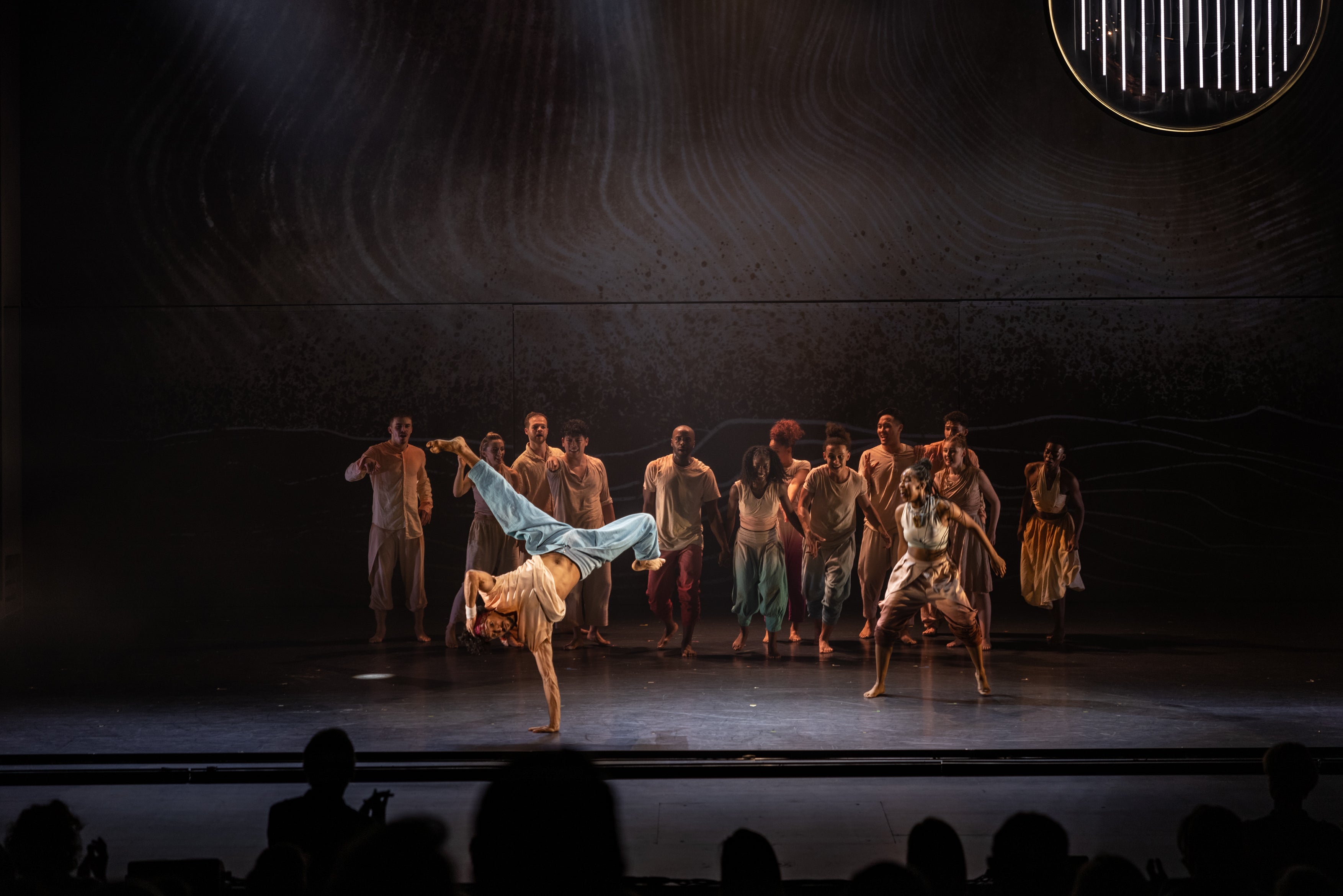
In terms of the UK we’re toured twice with ZooNation, with Into the Hoods and with Some Like it Hip Hop. We’ve had young people from all over the UK who’ve trained with us. Growing up near Southampton, I didn’t have access to anything like that and I wish I’d been taken to stuff like that when I was younger. Going to a theatre is such a privilege, so hopefully we’re making this kind of work more accessible.
Blumenthal Arts: And what’s it like sharing the work with audiences?
PRINCE: I love watching audiences watch Message In A Bottle. They have this double reaction of loving the music and loving Sting’s work and realizing, even for some people who might not know every song, how much more of the music they do know and how much it’s been in their lives. And then watching audiences watching those dancers, you get the sense of ‘how they are doing that?’ and ‘how are they are still going?’ And it’s not just the lead dancers, it’s the ensemble as well, because they don’t stop and they support every single scene. I don’t think you can walk away from the show and go ‘It was all right’. They’re undeniably amazing humans.
And I think what’s nice about the company on Message In A Bottle, it’s not the same if you go and see a ballet company. Quite often ballet dancers are all the same height, they’ve all got the same size hips, and they can all put their leg in the same angle. It’s about being the same. What I like about our company it’s about how different each of them are. I hope that means that more people can see themselves on stage and they can also have a life of being a storyteller on stage, being a dancer if they wanted.
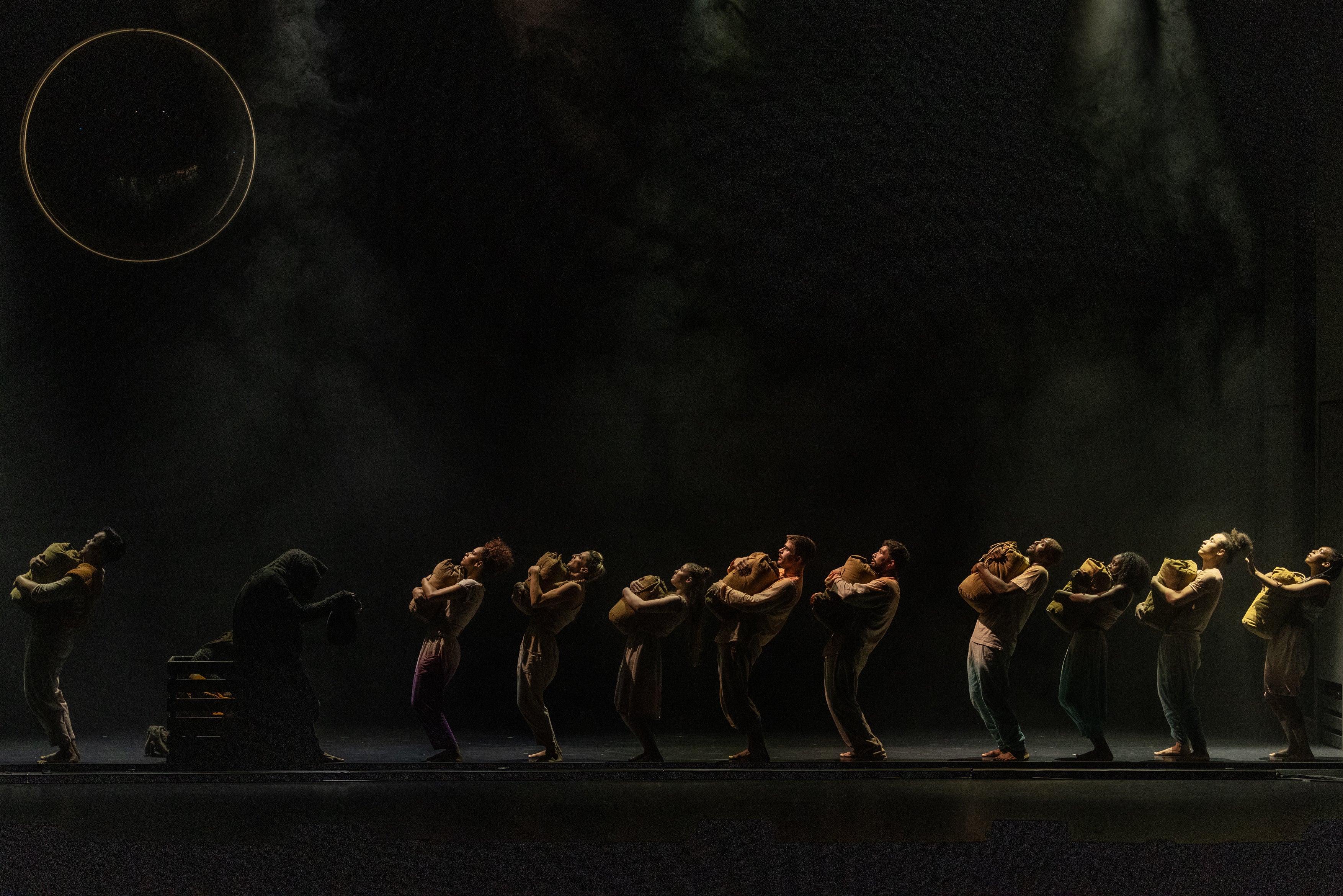
Blumenthal Arts: You’ve recently had Sylvia at the Old Vic in London, and it was nominated for Olivier Awards, which is amazing. How does working on a musical differ to a dance production?
PRINCE: It’s three times as hard, I would say. In recent years, the two projects I’ve done, Message In A Bottle and Sylvia and going between the two, there’s something with Message In A Bottle where my shoulders go down and I feel like I can breathe, because it’s in a world that I understand. The artform really is the dance interpreting the music, the marriage between the music and the dance, but what you’re looking at, your visual, is the dance. On a musical, my God, I don’t know if I will ever try and write one again. It is the first musical I’ve really written; I’d say, properly. I mean, some of the other works we’ve done a sort of musicals, but the emphasis was still on dance.
You just can’t refine everything; I think to the same degree. It is so much about every single word that you write, and then it’s spoken and you’re trying to scrutinize every word at the same time as you’re scrutinizing every move that they make, and every note and every intention for actors, which is a big thing. It’s just a different discipline. The rehearsal room for Sylvia is very noisy and chaotic. The rehearsal room for Message In A Bottle is very quiet and disciplined. And I would take the quiet discipline, I think, for my peace of mind, not for the people. People are great on both, but I think dance is a different discipline and it’s much more calming.
Blumenthal Arts: How do you do it all? Juggling family life and choreographing these works?
PRINCE: You don’t, it is the honest truth. You just don’t. One thing is always suffering.
I love Shonda Rhimes. I love a lot of her work. And she was asked that, I think, as she was giving a speech at a graduation. She was really honest, she said ‘You just don’t. When you’re at work, you feel guilty because you should be at home. And when you’re at home, you feel guilty because you should be at work. So both things are suffering.’ My mum said to me quite plainly recently ‘The problem with your generation is you want to have it all, and the fact is you can’t have it all. You can’t be super mum and have super career.’
I would imagine there’s a perception, not of me, but of more successful women in the world, that you can do both and we’re just killing it and it’s fine. I don’t think you can, but it doesn’t mean you shouldn’t try. You should try. It should be okay to have a career and to be a parent. If men can do it, then why can’t women? And my husband is brilliant by holding down the home front when we’re in really busy times. He’s like Superman at home.
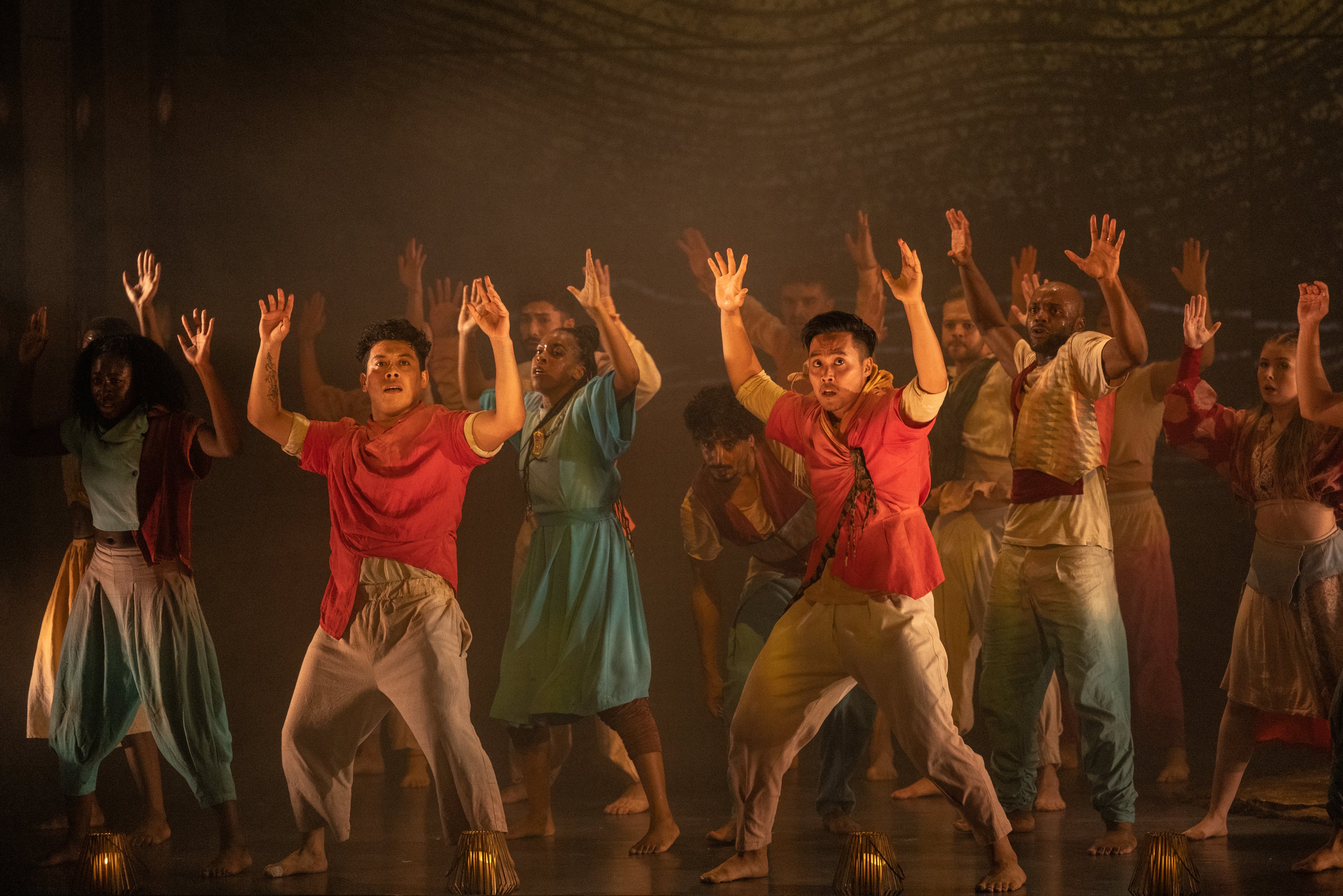
Blumenthal Arts: What would you say to someone about coming to see a dance show for the first time? Why is Message In A Bottle a good choice?
PRINCE: With Message In A Bottle, I would advise people to come with no expectations, no preconceived idea of what it is they come to see. The music alone is enough to take you on an incredible night of entertainment. So many people from the show have been asking whether the soundtrack is available.
When I was at the Olivier Awards, I was grabbed by a very nice lady who had brought her husband to see the show. He wanted to talk to me and I’m really glad he did. He was like: ’I hate musicals and I hate dance shows. My wife always wants to go, and I never want to go. She told me she wanted to see Message In A Bottle and I thought why do I want to see that? That sounds awful.’
But this show completely transformed and changed his mind. He loves it. He wants to see it again. He’s obsessed by it. He didn’t know things like this existed. He didn’t know that he could feel this way. He cried and he doesn’t know why he cried because he would never cry at something like that.
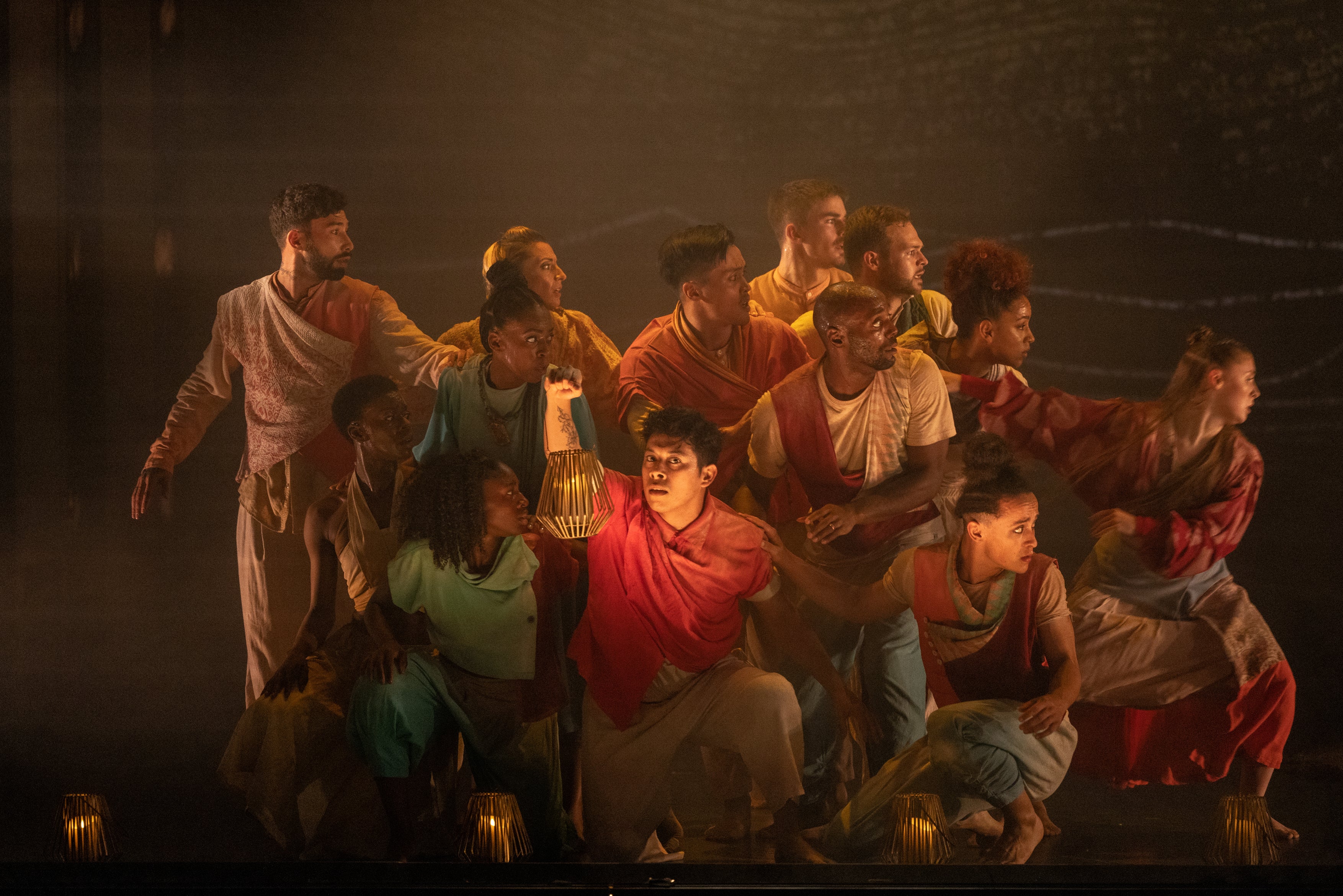
It’s easy for me to tell a lover of dance to come and see some great dancing and many eclectic styles. That’s an easy sell. But this guy at the Olivers, he was just fascinating. And I was like: ‘So why do you hate musicals? What are you scared of? What’s the thing that makes you think you don’t want to go? Why would you not go and see a dance show?’
And his response was that it’s just everything about it. It just didn’t feel cool. There wasn’t anything anarchic about it. But actually, I think Message In A Bottle is quite anarchic. It’s about a revolution. A lot of our work is about a revolution. Sylvia is about revolution.
Hip hop as a culture is the artistic response to oppression. All of our shows are about the underdog, or the downtrodden, people who are most misunderstood, being understood. They’re about finding compassion for people, finding a way that we can all sit in a theatre, have something in common with each other, which is our love and compassion for the people on stage and the story that they’re telling.
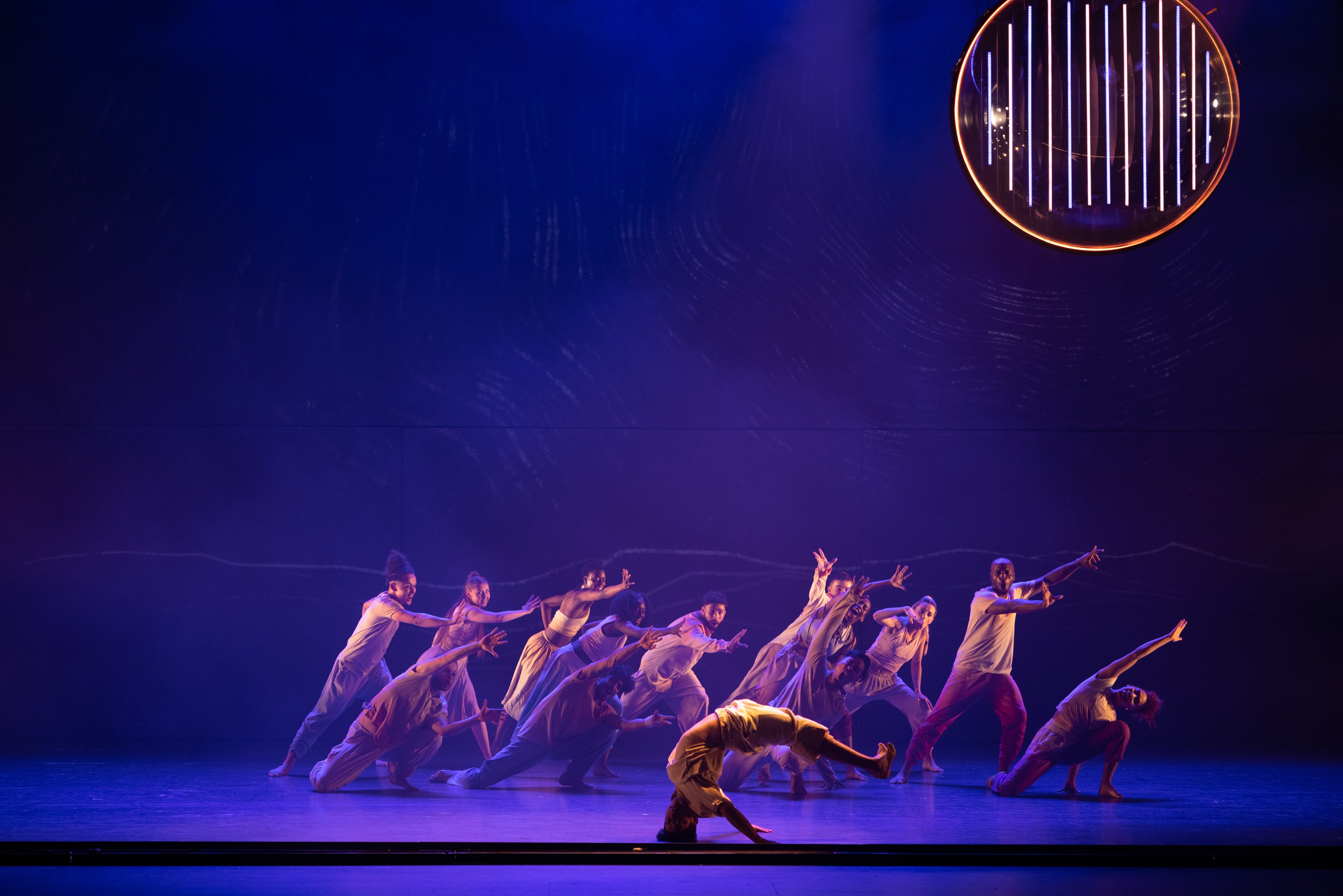
Also, the music of the Police, particularly at the beginning of Sting’s career, is some of the most, I think, anarchic, brilliant and cutting-edge music of its time. That music is timeless. My daughter loves the song Message In A Bottle, she’s eight years old and she puts it on at home and we crank up the volume and she’s dancing around. And the way she’s dancing to it, I think ‘she’s going to lead a revolution one day’, because you can feel the passion and the emotion in the music.
Blumenthal Arts: The dancers are incredibly talented. Was it hard to find dancers with such a wide range of expertise?
PRINCE: Yes. It’s always really hard. There’s a certain degree of skill exchange that happens throughout the rehearsal period and during performances. It’s impossible to find a breaker who’s a world class contemporary dancer. They do exist, but it’s rare. Also being able to do intricate synchronized choreography is a skill within itself.
We have always taken dancers on the basis that their training continues whilst we are in rehearsal. They do a lot of skills exchange in their own time. And what I mean by that is some of the stronger breakers will spend time with a ballet or contemporary trained dancer and help them learn. And equally a ballet or contemporary dancer will help breakers learn to turn and jump, and have lines and all the rest.
A lot of the time when we’re auditioning, I’m looking for people with storytelling ability and charisma, and about how they’re going to tell the story first. Then looking to see if they’re excellent at something and could they learn something else.
Blumenthal Arts: Message In A Bottle contains many different styles of dance. How do you put together all of those different styles in one show?
PRINCE: It is really hard. There’s a contradiction in my mind when it comes to talking about dance, because on the one hand, I don’t think any dance should be pigeonholed when given a name. And on the other hand, I think it’s so important to understand the history and foundations of every style of dance and to train yourself in those styles so that you can be really authentic and honour the style.
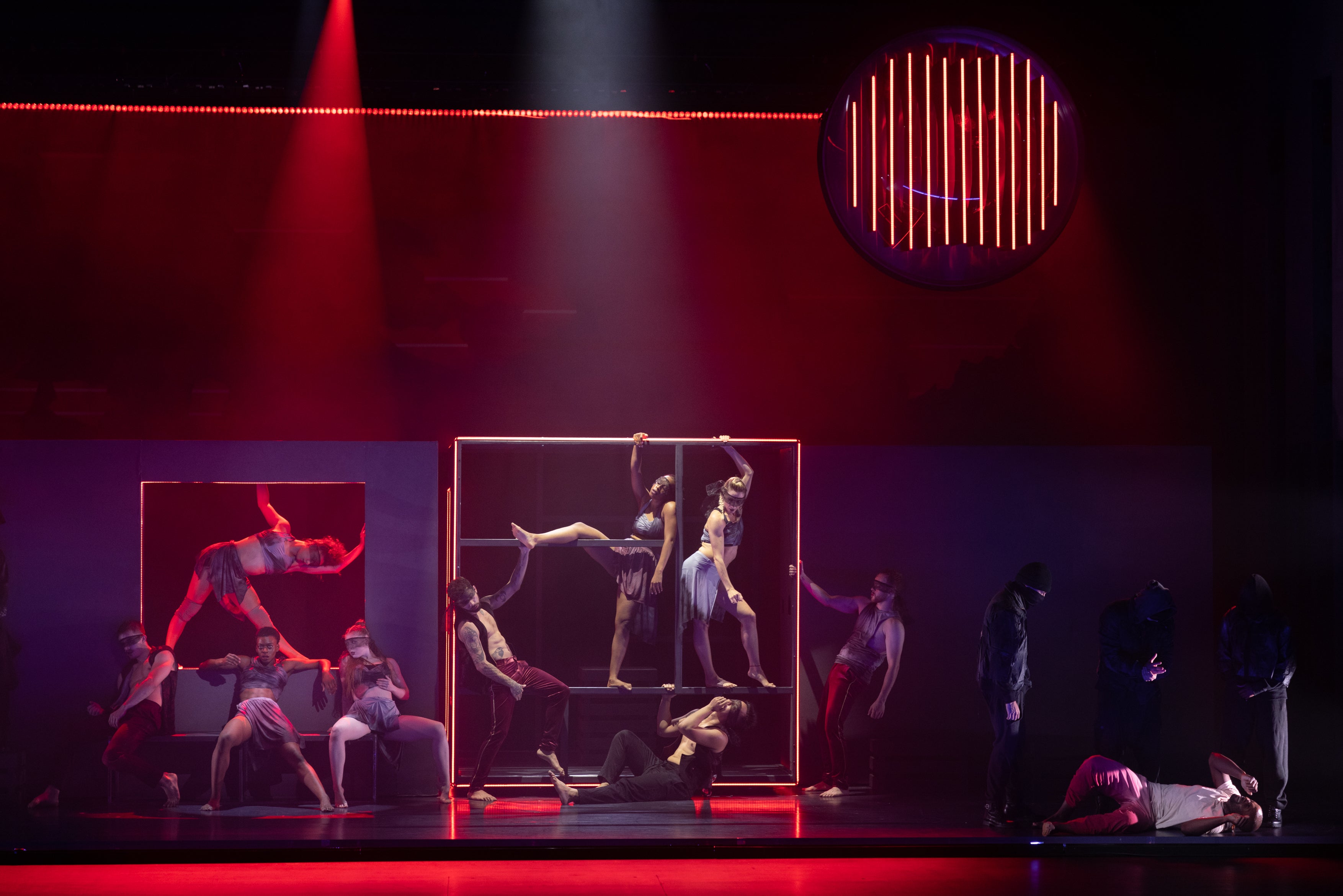
Art in itself has to be an expression of freedom. If something is expressing freedom, you can’t apply any rules to it, which means, dance is sacred, and you should be able to do anything you want with any dance. It is a battle I have in my own mind because I can tell you there are hip hop foundation styles in the show, such as locking, which came out of America in the 1970s, and breaking, house movements, popping. Then there’s what I would call new school contemporary hip hop choreography and there’s some more classical shapes, balletic moves, agility and leaps and turns and pas de deux work as well as even acrobatics and a little bit of lindy hop and jazz. There’s a massive breadth of dance.
And at the same time, there’s nothing but one thing and it’s just dance. It’s just all dance, that’s the thing. And purist dance aficionados think that with all dance, ‘ballet should be refined to this’, and ‘you can’t do breaking and mix it with this’, and ‘you can’t do that’… I just don’t think you can have rules.
Blumenthal Arts: If it’s all dance, then what’s dance at its essence?
PRINCE: I think dance is an expression of self where words aren’t sufficient. I think dance is something that every single human being is capable of. Our instinct as babies and children, when we hear music, is to dance. And I think society educates us out of being able to dance rather than maintaining the ability that all of us have to dance without inhibition when we’re little. It gradually wanes. The majority of society think that they can’t dance unless they get drunk at a wedding. And that’s really sad, because it’s the most lovely, free, joyful expression of being alive.
Message in a Bottle
10% Off Groups 10+ plus one (1) complimentary ticket. Valid on select performances and price zones.
